STAFFORDSHIRE'S PEAK DISTRICT PART 3
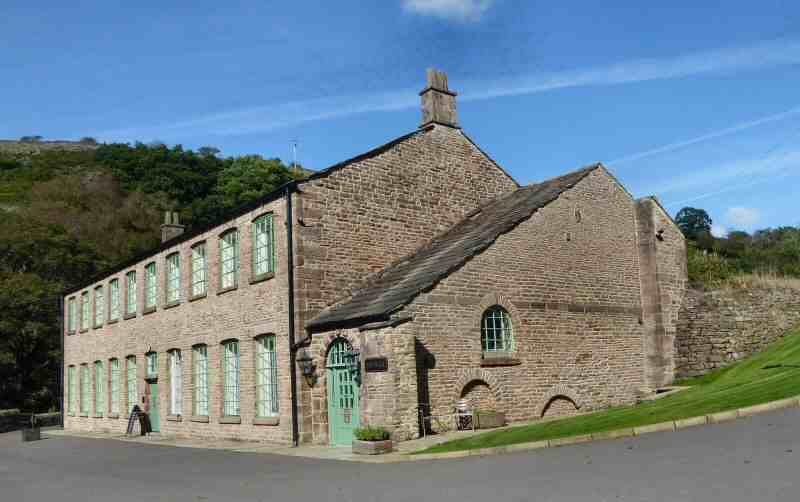
Gradbach to Hulme End
GRADBACH (off the A53 Leek to Buxton Road along minor roads – SK996660)
Gradbach, a well-known beauty spot, is a scattered settlement on the River Dane. It is a great place to start a walk. From the public car park, it is only a short walk to Gradbach Mill. The fine old stone-built mill was built to spin silk. Although the mill was water-powered and cheap to run, its remote location was a detracting factor and it closed in 1885. Today, it and an adjacent farmhouse have been converted into holiday accommodation. There are 13 bedrooms in the mill and seven bedrooms in the farmhouse. An outdoor café also operates in the summer months. In addition, there is a scout camp nearby.
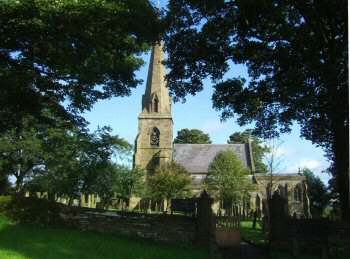
Along the roadside leading from Flash to Allgreave by the bridge over the River Dane, the Methodist Chapel and adjacent cottage are particularly picturesque. A popular walk along a former packhorse route soon brings you to Lud Church. A natural stone cleft sliced into the hillside of a gorge of considerable proportions.
GRINDON (off the B5053 Bottom House to Warslow Road – SK085545)
Grindon is a small, isolated village, overlooking the Manifold Valley, amidst magnificent Peak District scenery. The needle-like spire of its church acts as a landmark for miles across the lonely hills. The remoteness of the village is put into perspective, by an inscription in the church to six airmen, including two press reporters, whose plane crashed, while bringing relief to stricken villages cut off by blizzards in 1947. The plane went down on Grindon Moor when parachuting food supplies to the villages of Butterton, Grindon, Onecote and Wetton.
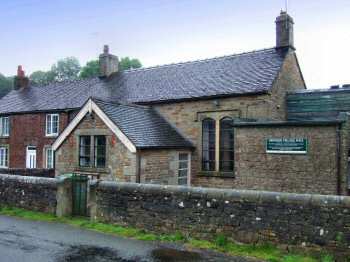
All Saints’ Church is referred to as the ‘Cathedral of the Moors’. It stands at 1,050 feet above sea level with its elegant spire towering above the sycamore trees around the churchyard. The church was rebuilt in the mid-1800s, but there has been a church on the site since at least the 11th century. Inside, two coffins and a battered Norman font remain from the previous church.
The War Memorial is the church clock high on the south face of the tower. It keeps ‘Grindon time’ since its ebony pendulum causes it to speed up in wet weather and as the reverse effect in dry. Now there is an excuse for being late.
The ancient tradition of Hedgehog Rolling was revived in 2002, with hogs fashioned from giant fir cones. This tradition dates from when hedgehogs were kept as pets for pest control and were specially trained for hedgehog races. It is thought that Lewis Carroll got the idea for the Flamingo and Hedgehog Croquet game in Alice in Wonderland after visiting Grindon on Hedgehog Rolling Day. On the same day, several other events take place including a tug of war.
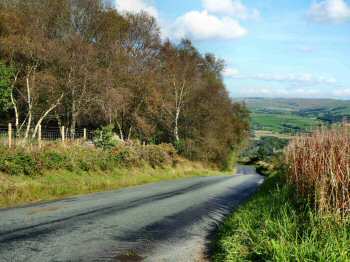
GUN HILL (north of Leek off a minor road west of the A53 – SK975615)
Gun Hill is at the southern end of the Peak District and is moorland in character with some small wooded areas. The road over the hill drops down steeply towards Meerbrook giving wonderful views towards Tittesworth Reservoir and The Roaches. It has often been used to test the hill-climbing abilities of cyclists, including competitors in the Tour of Britain cycle race. For walkers, there is a good circular path around the site. This takes you through a mix of habitats from open heath to woodland, with a wide variety of wildlife to be seen.
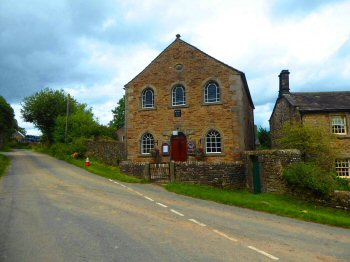
HOLLINSCLOUGH (off the B5053 near Longnor – SK065665)
The village nestles at the head of the River Dove in picturesque surroundings and is a joy to visit for anyone interested in walking and sightseeing. In the 18th and early 19th centuries, it was on the silk routes to Macclesfield and was a local centre for silk weaving and button making. It is probably best known for its Methodist Chapel, founded by John Lomas. He was a packhorse man and silk trader who represented the interests of hawkers and pedlars at the House of Commons in 1785. The chapel hall opens for seasonal events and is a focal point for the village.
HOPEDALE (approximately one-mile southwest of Alstonefield – SK124549)
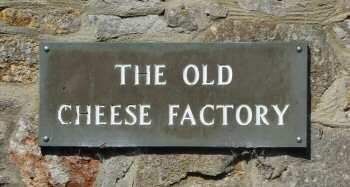
The hamlet of Hopedale has a pub called the Watts Russell Arms. Popular with locals and walkers alike it is only a short walk away from Milldale.
It was here that one of the first cooperative cheese factories in the country was set up, in 1874, by twenty farmers. Initially known as the Alstonefield Dairy Association, it later became known as the Dovedale Dairy Association. Increasing competition from larger producers with better distribution methods eventually led to its closure.
The barrow to the northwest of Hopedale, known as Steep Low, is well-known for a gruesome reason. It was one of the last places in England where a gibbet was used for execution purposes.
HULME END (between the A523 Ashbourne to Leek road and the A515 Ashbourne to Buxton road – SK105594)
Hulme End is the former terminus of the Leek and Manifold Light Railway, and items of railway memorabilia remain. It is now the starting point of many walks in the Manifold Valley, where a large car park, a visitor centre and a cafe are also located. The Manifold Hotel, a 200-year-old coaching inn, formerly called The Light Railway Hotel is on the eastern side of the small village of Hulme End.
Opposite the pub is the Old Toll House, which once served the turnpike and River Ford. The bridge that the Toll House sits on was first built in 1790, but most of the original bridge has subsequently been replaced due to damage and collapse. The current one has been in place since 1819.
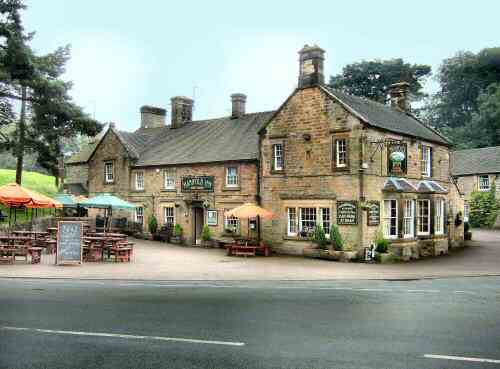
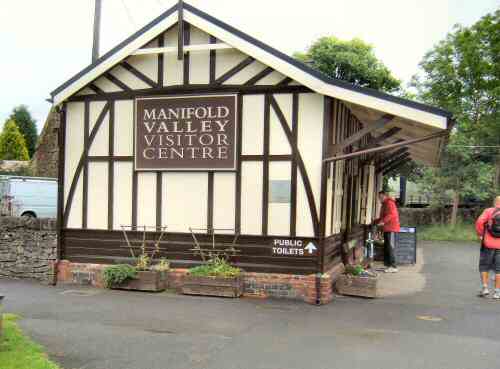
PART 4 TBA
